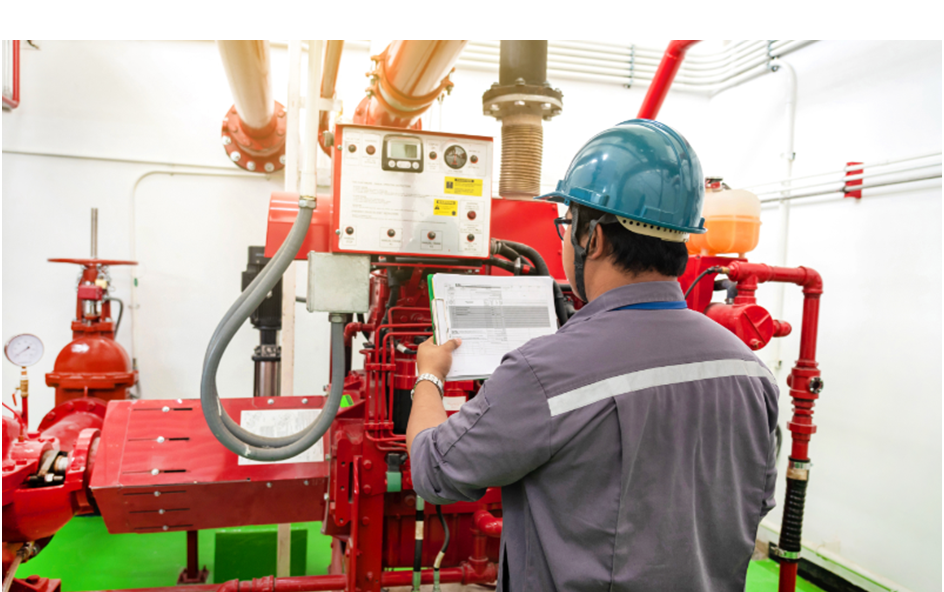
Designing buildings that are both safe and compliant with regulations is a complex task, and fire protection engineers are at the heart of this process. These professionals ensure that fire safety measures are integrated into the design and construction of structures, safeguarding occupants and meeting stringent regulatory standards.
Take a step into the critical role of fire protection engineers in building design and learn how their expertise helps create safer environments in this brief article.
What Do Fire Protection Engineers Do?
Fire engineers are specialised professionals who develop systems to prevent and manage fire hazards. In building design, they are key players in ensuring structures can effectively handle fire emergencies. Their responsibilities include designing fire suppression systems, fire alarms, and emergency evacuation plans.
Working closely with architects, structural engineers, and developers, fire protection engineers incorporate fire safety measures from the earliest design stages. This collaboration ensures buildings are not only compliant with safety regulations but also provide a secure environment for everyone.
Incorporating Fire Engineering in Building Design
Fire engineering applies scientific and engineering principles to prevent and control fire-related risks. This multidisciplinary field combines knowledge from engineering, physics, and chemistry to tackle fire safety challenges. In building design, fire engineering ensures structures are designed with both preventive and protective measures.
Key aspects include:
- Fire Resistance Ratings: Ensuring building materials and structures can withstand fire for a specific duration.
- Fire Detection and Alarm Systems: Creating systems that detect fires early and alert occupants and emergency services.
- Fire Suppression Systems: Implementing sprinklers and fire extinguishers to control or extinguish fires.
- Emergency Exits and Evacuation Plans: Planning accessible evacuation routes for safe, efficient evacuations during emergencies.
Compliance with building codes and fire safety regulations is a critical part of fire protection engineering. Fire protection engineers ensure buildings adhere to local and international safety standards, reducing fire-related risks and enhancing overall safety.
Regulations often mandate specific fire safety measures, such as fire-resistant materials, adequate fire exits, and advanced detection systems. Fire protection engineers interpret these regulations and integrate them into building designs, preventing costly modifications and potential safety hazards from non-compliance.
The Role of Wind-Driven Rain Simulation
An advanced technique used by fire protection engineers is wind-driven rain simulation. This method evaluates how wind and rain interact with building exteriors to identify potential weaknesses that could compromise fire safety. For example, improper sealing could lead to water infiltration, affecting fire-resistant materials and systems.
By simulating various weather conditions, engineers can assess the effectiveness of fire safety features and make necessary adjustments, ensuring buildings remain resilient under adverse conditions and enhancing occupant safety.
Collaboration and Coordination in Design
Effective fire protection engineering requires collaboration among various stakeholders in the building design process. Fire protection engineers coordinate with architects to integrate fire safety without compromising aesthetics or functionality and work with structural engineers to ensure compatibility with structural components.
This collaborative approach addresses potential fire risks from the initial design phase through to construction and occupancy, contributing to the creation of safe, compliant buildings.
The Future of Fire Protection Engineering
As technology and building practices evolve, fire protection engineers will continue to adapt. Emerging technologies like advanced detection systems and smart building solutions offer new opportunities to enhance fire safety. Fire protection engineers will be crucial in integrating these innovations, ensuring structures remain safe and compliant in an ever-changing landscape.
Fire protection engineers are indispensable in the building design process, ensuring structures can handle fire emergencies and comply with safety regulations. Through the application of fire engineering principles, collaboration, and advanced techniques like wind-driven rain simulation, they significantly contribute to creating safer environments. Their expertise ensures buildings meet regulatory standards and provide peace of mind to occupants, knowing their safety is a priority.
To know more about fire engineering, contact SHEVS IFT Consultants.







